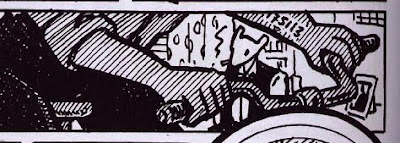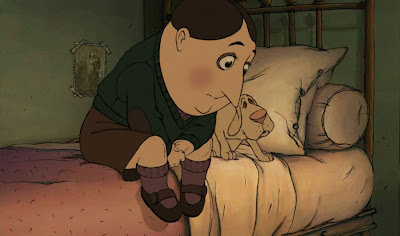Maus Vol 1 & 2 by Art Spiegelman was an interesting read for me because The Holocaust seems to keep popping up into my life. I have done numerous studies on it and taken three classes. The most compelling part of my Holocaust studies was when I had to do an art project on it my freshman year of high school. We took a trip up to the Holocaust museum in St. Petersburg and were then asked to use our artistic abilities to create a tone and tell a story about the Holocaust.
I really made a connection to Maus because this is what that project was all about: an artistic expression of how the experiences of the Holocaust affected lives. It just happens that this is also a biographical story being told as well. The most intriguing thing for me was that though the subject matter was extremely heavy, I often did not feel like it was weighing me down. I would certainly attribute that to two things. The fact that the piece is a comic takes you out of the reality of the situation. I think it maybe that preconceived notion that comics aren't serious, which of course can be challenged. However the fact that Spiegelman used different animals to differentiate between ethnicities, nationalities and even vocations lent itself to the fantastic quality of Maus. Every kid knows that the personification of animals is endearing. I would like to think this was deliberate to showcase that the story is being imagined throught the eyes of a child. Visually I think the line quality is very fluid. There is a lot of motion just in his use of line and shading. What I think is brilliant is how Spiegelman has used panels to crop and showcase specific moments of great significance.

Example of using cropping to frame.
Though there were obvious creative liberties with the visual quality of Maus, what throws you right back into the seriousness is the story itself. From the behavior of the father, a cold and difficult character because of what he went through, to the events that happened to him, the story is still about how a human being survived a mass extermination of an ethnic group by another group of human beings.
After reading Maus I have decided that it was a very enjoyable read and another engaging Holocaust study. I think it was an alternative view of the Holocaust that just adds to the poignancy of what happening to so many people, including the father of Art Spiegelman. It was brave and very touching for him to take on a project like this.







